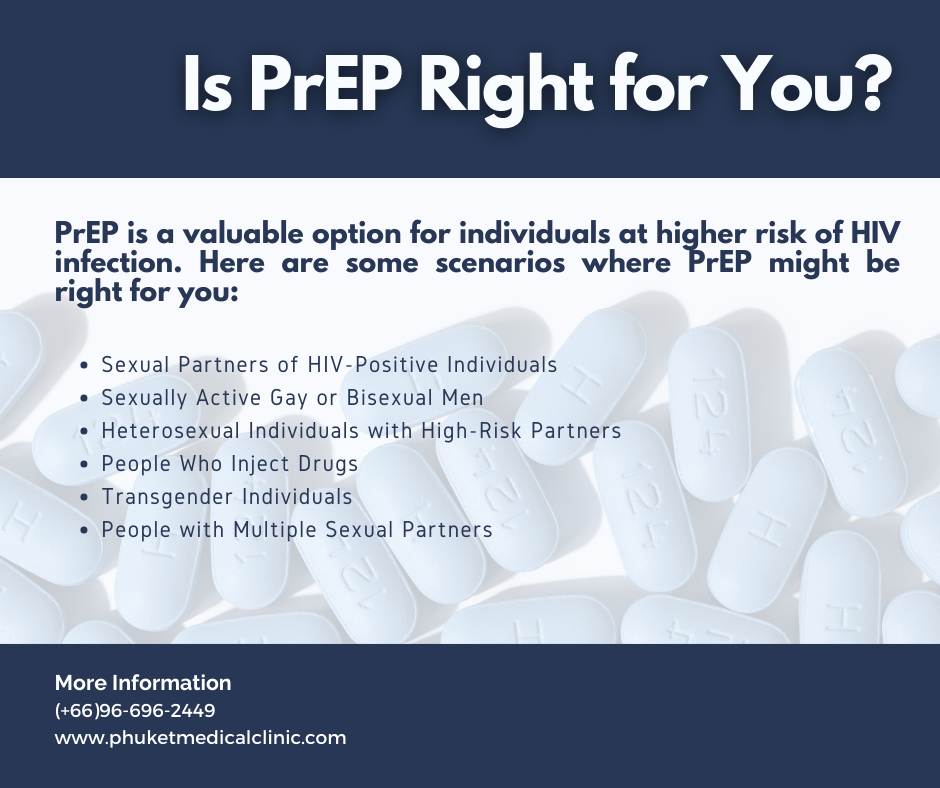In the intricate world of immunology, CD4 cells stand out as key players in orchestrating the body’s defense mechanisms. These specialized white blood cells, also known as T-helper cells, play a pivotal role in immune responses against pathogens and maintaining overall health. Delving into the realm of CD4 cells unveils their significance in combating infections and underscores the importance of understanding their function. This article aims to elucidate the role of CD4 cells in the immune system, shedding light on their mechanisms and implications for health.
How Long Do You Need to Take PEP?
Post-Exposure Prophylaxis commonly referred to as PEP, is a vital preventive measure for individuals who may have been exposed to HIV. While it can be a lifeline in preventing HIV infection, one of the critical questions people have is, “How long do you need to take PEP?” In this article, we will explore the duration of PEP treatment, its effectiveness, and what you need to know if you find yourself in a situation where PEP may be necessary.
Is PrEP Right for You?
PrEP is a valuable option for individuals at higher risk of HIV infection. Here are some scenarios where PrEP might be right for you:
Sexual Partners of HIV-Positive Individuals: If you have a sexual partner who is HIV-positive or engages in risky sexual behaviors, PrEP can be a crucial safeguard for you.
Sexually Active Gay or Bisexual Men: Studies have shown that gay and bisexual men face a higher risk of HIV transmission. PrEP can be a valuable tool in reducing this risk.
PrEP and PEP for HIV Infection: Understanding the Key Differences
In the fight against HIV/AIDS, prevention is paramount. Pre-Exposure Prophylaxis (PrEP) and Post-Exposure Prophylaxis (PEP) are two essential strategies that have emerged as powerful tools in reducing the risk of HIV infection. While they share a similar goal, PrEP and PEP are distinct in their approach, administration, and timing. In this article, we will explore these two preventive measures, shedding light on their differences and highlighting their significance in the battle against HIV.
How to Identify Individuals at Risk of HIV Infection
Identifying individuals at risk of HIV infection plays a vital role in combating the spread of the virus and ensuring effective prevention strategies. HIV, or Human Immunodeficiency Virus, is a global public health concern that affects millions of people worldwide. By understanding the key indicators and behaviors associated with higher risk, healthcare professionals, policymakers, and communities can target interventions and allocate resources where they are most needed. Early identification allows for timely education, testing, and counseling, empowering individuals to make informed decisions about their sexual health and adopt preventive measures. Moreover, identifying populations at higher risk helps tailor outreach efforts, implement targeted prevention strategies, and reduce the overall burden of HIV. In this article, we will delve into the various risk factors, key populations, and behavioral indicators that can help identify those at risk of HIV infection, ultimately working towards a world free of HIV/AIDS.





